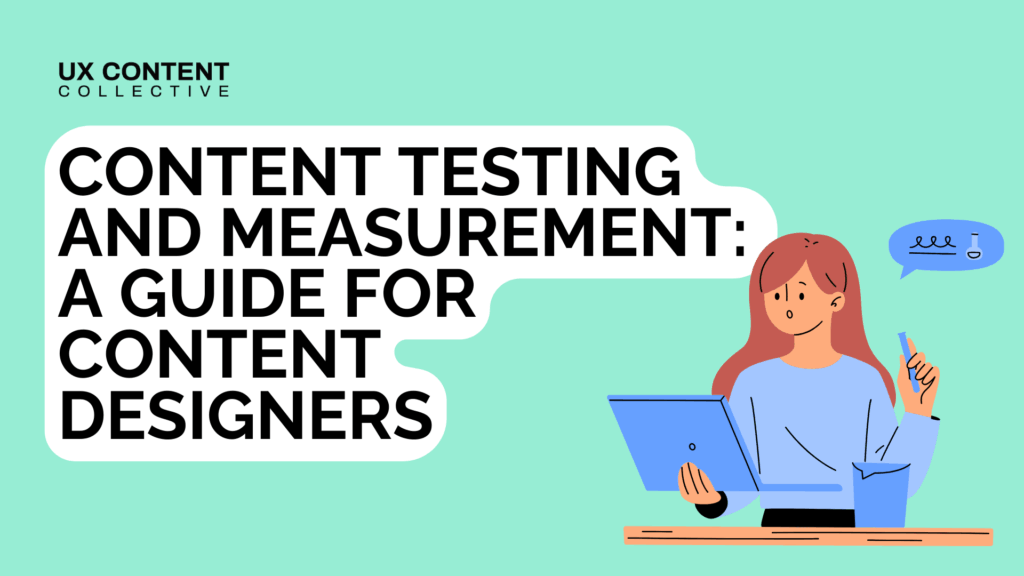
- AI ·
Bringing governance to AI content strategy: how BILL scaled with Writer
The journey of bringing Writer (an enterprise, generative AI platform) to BILL was much more than rolling out another content design tool.
Don’t miss a post – join our newsletter to get new posts and an industry round-up in your inbox every week.






















Get our weekly Dash newsletter packed with links, regular updates with resources, discounts, and more.
